here's my idea...and a question...
kathy_in_illinois
20 years ago
Related Stories
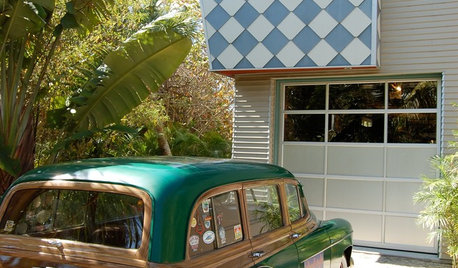
MOVINGRelocating? Here’s How to Make the Big Move Better
Moving guide, Part 1: How to organize your stuff and your life for an easier household move
Full Story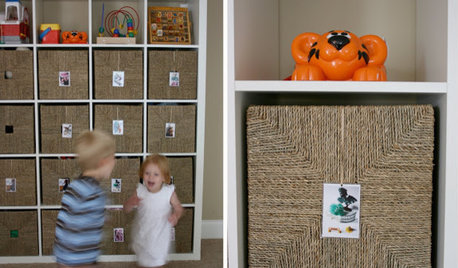
LIFERelocating? Here’s How to Make Moving In a Breeze
Moving guide, Part 2: Helpful tips for unpacking, organizing and setting up your new home
Full Story
KITCHEN CABINETSChoosing New Cabinets? Here’s What to Know Before You Shop
Get the scoop on kitchen and bathroom cabinet materials and construction methods to understand your options
Full Story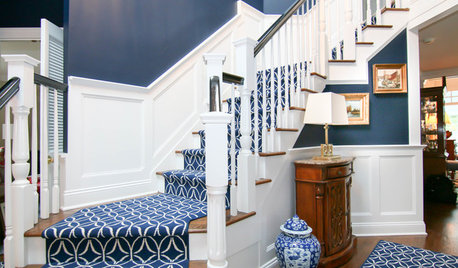
STAIRWAYSGot Stairs? Here’s How to Choose the Right Runner for You
Get the skinny on material selection, color and pattern, installation and more
Full Story
SELLING YOUR HOUSE15 Questions to Ask When Interviewing a Real Estate Agent
Here’s what you should find out before selecting an agent to sell your home
Full Story
GREEN DECORATING8 Questions to Help You See Through Green Hype
With the ecofriendly bandwagon picking up some dubious passengers, here's how to tell truly green products and services from the imposters
Full Story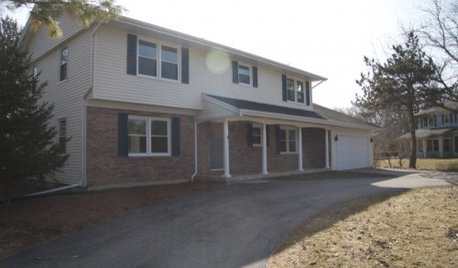
5 Questions for Houzz Design Stars
Post Ideas for Updating an Exterior, Balancing an Off-Center Window and More
Full Story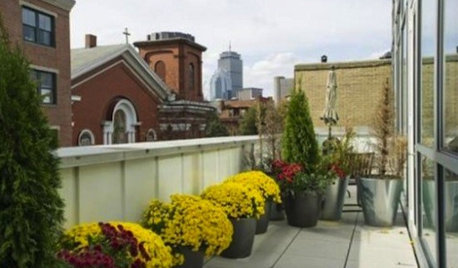
5 Questions for Design Stars
Add Your Ideas for Outdoor Storage, Cheering Up a Fireplace and More
Full Story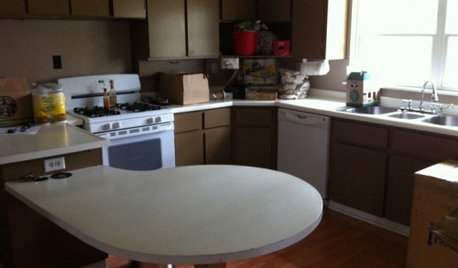
Design Dilemmas: 5 Questions for Houzzers!
Post Ideas for Landscaping for a Modern Home, Updating a Rental and More
Full Story
WORKING WITH PROS12 Questions Your Interior Designer Should Ask You
The best decorators aren’t dictators — and they’re not mind readers either. To understand your tastes, they need this essential info
Full Story





mcStargazer
lynnmac
Related Professionals
Tempe Landscape Contractors · Bell Gardens Landscape Contractors · Choctaw Landscape Contractors · Florham Park Landscape Contractors · Fort Wayne Landscape Contractors · North Chicago Landscape Contractors · River Ridge Landscape Contractors · West Allis Landscape Contractors · Antioch Landscape Contractors · Tyngsboro Landscape Contractors · Cedar Rapids Roofing & Gutters · Houston Roofing & Gutters · Hicksville Roofing & Gutters · West University Place Roofing & Gutters · Buena Park Swimming Pool Builderstimf7
steeletm